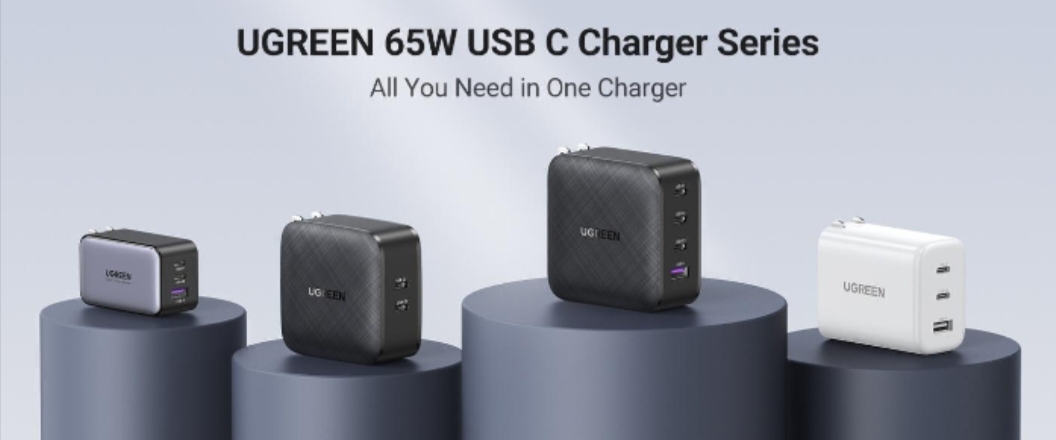Having a well-designed website is paramount for businesses and individuals alike. A website serves as the virtual storefront, the digital identity, and the primary point of interaction between an organization and its audience. However, achieving an effective and engaging website design involves more than just aesthetics. It requires a strategic approach that considers usability, functionality, visual appeal, and brand representation. In this comprehensive guide, we delve into the key components that contribute to the success of website design, highlighting the latest trends and best practices.
User-Centric Design:
- User experience (UX) lies at the heart of effective website design. Understanding the needs, preferences, and behaviors of your target audience is crucial. Conducting thorough user research helps in creating intuitive navigation, clear call-to-actions, and personalized experiences tailored to different user segments.
- Incorporate responsive design principles to ensure seamless access across various devices and screen sizes. Mobile optimization is no longer a choice but a necessity considering the increasing use of smartphones and tablets for browsing.
Visual Appeal and Brand Identity:
- Your website should reflect your brand identity cohesively. Consistent use of colors, typography, imagery, and brand elements helps in creating a memorable and impactful impression.
- Engaging visuals such as high-quality images, videos, animations, and illustrations can enhance user engagement and convey your message effectively.
Intuitive Navigation:
- Simplified navigation is essential for guiding users through your website effortlessly. Implement clear menu structures, breadcrumbs, search functionalities, and internal linking to help users find what they’re looking for quickly.
- Incorporate user-friendly navigation patterns such as sticky menus, mega menus, and hamburger menus for better organization and accessibility of content.
Compelling Content:
- Content is king, and a well-crafted content strategy is imperative for keeping users engaged and driving conversions. Provide valuable, relevant, and engaging content that addresses the needs and interests of your target audience.
- Utilize multimedia content such as blog posts, articles, case studies, testimonials, and interactive elements to enrich the user experience and establish thought leadership in your industry.
Optimized Page Speed and Performance:
- In today’s fast-paced digital environment, users expect websites to load quickly. Optimize your website’s performance by minimizing HTTP requests, compressing images, leveraging browser caching, and employing content delivery networks (CDNs).
- Use web design software and tools to run performance audits and identify areas for improvement. Aim for a loading time of three seconds or less to prevent users from bouncing off due to slow loading speeds.
Search Engine Optimization (SEO):
- Effective website design goes hand in hand with SEO to improve visibility and organic traffic. Incorporate on-page SEO elements such as meta titles, descriptions, headings, and keyword-optimized content.
- Ensure proper site structure, URL hierarchy, and internal linking to enhance crawlability and indexability by search engines. Regularly monitor and analyze website performance using analytics tools to refine your SEO strategy.
Accessibility and Inclusivity:
- Design your website with accessibility in mind to ensure equal access and usability for users with disabilities. Adhere to web accessibility standards such as WCAG (Web Content Accessibility Guidelines) to make your website perceivable, operable, and understandable for all users.
- Implement features such as alt text for images, keyboard navigation, semantic HTML markup, and ARIA landmarks to improve accessibility and inclusivity.
Security Measures:
- Website security is paramount to safeguard sensitive data and build trust with users. Implement SSL encryption, secure hosting, regular software updates, and robust authentication mechanisms to protect against cyber threats.
- Conduct regular security audits and vulnerability assessments to identify and mitigate potential risks. Educate users about best practices for creating strong passwords and practicing safe browsing habits to prevent security breaches.
Social Proof and Trust Signals:
- Incorporate social proof elements such as customer testimonials, reviews, ratings, and trust badges to instill confidence and credibility among users. Showcase client logos, awards, certifications, and affiliations to demonstrate authority and reliability.
- Integrate social media widgets and share buttons to encourage user engagement and facilitate social sharing of your content. Leverage user-generated content and community-driven initiatives to foster a sense of belonging and authenticity.
Continuous Optimization and Testing:
- Website design is an iterative process that requires ongoing optimization and testing. Utilize A/B testing, heatmaps, user recordings, and analytics data to gather insights into user behavior and preferences.
- Make data-driven decisions to refine your website design, improve conversion rates, and enhance the overall user experience. Stay updated with the latest web design trends, technologies, and best practices to stay ahead of the competition.
Effective and Engaging website design encompasses a multitude of factors ranging from user experience and visual appeal to performance and security. By focusing on these key components and incorporating the latest trends and best practices, businesses can create compelling online experiences that resonate with their target audience. Partnering with a reputable website creation service provider such as Spectrum Group can streamline the process and ensure the success of your web design endeavors. Whether you’re a startup, small business, or enterprise, investing in professional website design is a strategic imperative in today’s digital landscape.





